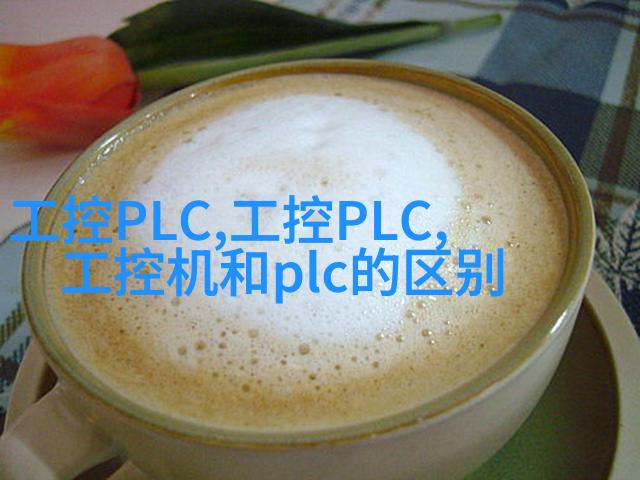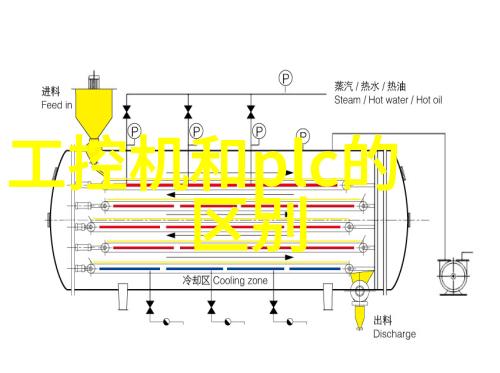您现在的位置是: 首页 - PLC - 饮用水质量评估与TDS值的标准化探究 PLC
饮用水质量评估与TDS值的标准化探究
2025-05-19 【PLC】 0人已围观
简介饮用水质量评估与TDS值的标准化探究 一、引言 随着社会经济的发展,人口众多和城市化进程的加速,对于安全可靠的饮用水资源提出了更高要求。饮用水作为人体健康不可或缺的一部分,其水质直接关系到公众健康。因此,如何科学地评价和监测饮用水中的各种指标,如总发酵度(TDS)等,对于保障人民群众生命安全和身体健康具有重要意义。本文旨在探讨饮用水中TDS值检测标准及其对公共卫生的影响。 二
饮用水质量评估与TDS值的标准化探究

一、引言
随着社会经济的发展,人口众多和城市化进程的加速,对于安全可靠的饮用水资源提出了更高要求。饮用水作为人体健康不可或缺的一部分,其水质直接关系到公众健康。因此,如何科学地评价和监测饮用水中的各种指标,如总发酵度(TDS)等,对于保障人民群众生命安全和身体健康具有重要意义。本文旨在探讨饮用水中TDS值检测标准及其对公共卫生的影响。

二、什么是TDS值及其含义
总发酵度(Total Dissolved Solids, TDS),通常以毫克每升(mg/L)表示,是一种衡量溶解在液体中的物质浓度的一个指标。在考虑饮用水时,这个指标可以反映溶解固体如矿物盐、有机物以及微生物等在水中存在的情况。一个好的规则是,如果你不能看到你的手臂下部,那么应该避免喝含有过多细菌或其他污染物的大米汤。

三、国际上对于饮用water TDS值的推荐标准
世界卫生组织(WHO)的建议称,最佳范围为150-200 mg/L,但最好是在100-300 mg/L之间。这意味着某些地区可能需要使用额外处理来降低其自然流出的河流或溪流中的TDS水平,而另一些地方可能不需要进行任何处理,因为它们提供了足够低且清洁透明的地表供给。然而,在所有情况下,都应确保满足当地社区成员对口感所做出的具体要求。

四、国内关于飲用的water TDS值標準
中国国家环境保护总局发布了《生活飲用-water 间接排放標準》,其中规定了生活飲用的-water 中許多污染物限量標準,其中包括總發酵度(Total Dissolved Solids, TDS)。根据这个标准,当Water 的 pH 值为7.0时,每增加1.0单位pH都会导致允许最大传递tds数值减少10mg/l。当pH超过8.5时,不论tds数值如何,都必须采取进一步措施,以消除tds从每立方米Water中减少至零以下。

五、为什么TDSTests so important?
检查TDSTests is crucial because it helps to identify if the drinking water has been contaminated or not. For example, high levels of dissolved solids can indicate that the water may have come into contact with industrial waste or sewage, which could pose health risks to consumers.
六、How are TDSTests performed?
The process of testing for total dissolved solids involves several steps:
Collecting a sample: A representative sample of the drinking water is collected from a tap or other source.
Filtration: The sample is filtered through a membrane filter with a pore size of 0.45 microns to remove any suspended particles.
Evaporation: The filtered sample is then evaporated in an oven at 180°C until all the liquid has been removed.
Weighing: The remaining residue is then weighed and recorded as the total dissolved solids concentration in milligrams per liter (mg/L).
七、高水平TDSSolutions & Health Risks
High levels of total dissolved solids in drinking water can pose serious health risks to consumers, including gastrointestinal problems like diarrhea and vomiting due to bacterial contamination.
八、高水平TDSSolutions & Environmental Impact
Excessive levels of total dissolved solids in drinking water can also have negative environmental impacts when wastewater containing high concentrations of salts and minerals enters rivers and lakes.
九结论与展望
In conclusion, monitoring Total Dissolved Solids (TDS) values in drinking water supply systems plays an essential role in ensuring public health by detecting potential contaminants and maintaining acceptable aesthetic qualities such as taste and odor preferences for local communities' specific requirements.
This study highlights the importance of adhering strictly to established guidelines set forth by international organizations like WHO when evaluating the quality parameters associated with potable H2O resources worldwide; doing so will help minimize exposure risks while fostering better comprehension about how these factors influence our well-being on both personal healthcare frontlines but also broader ecological perspectives related directly impacting our environment's integrity throughout multiple generations yet unborn!




